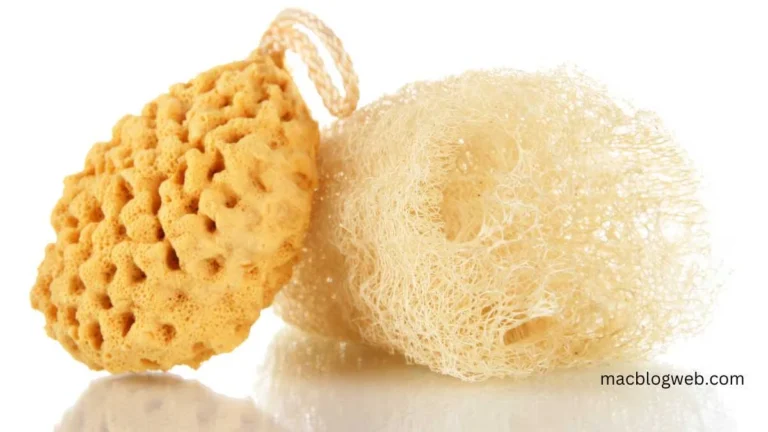The loofah, a product most commonly associated with the spa and skincare industry, is much more than a tool for exfoliation. Derived from the luffa plant—a member of the Cucurbitaceae family, which includes pumpkins, squash, and other gourds—this versatile natural product has applications that extend from the kitchen to sustainable building materials. This in-depth article explores the loofah, its cultivation, uses, and the surprising ways it is benefiting industries and eco-friendly initiatives globally.
Understanding Loofah
The term ‘loofah’ (also spelled ‘luffa’ or less frequently ‘loofa’) is often used to describe the fibrous skeleton of the fruit produced by two related species: Luffa aegyptiaca and Luffa acutangula. Originating in tropical and subtropical zones, these plants have found a variety of uses in different cultures, particularly in Asia.
Cultivation and Harvesting
Loofah plants require a warm climate to thrive, with Luffa aegyptiaca, also known as the Egyptian cucumber, being more widespread due to its adaptability. The plants are typically trellised to encourage straighter fruits and easier harvesting, much like cucumbers.
For culinary purposes, loofah gourds must be harvested while young and tender, as mature gourds develop a tough, fibrous texture that is inedible but perfect for creating natural sponges. In countries like India, China, Vietnam, and Bangladesh, young loofahs are a popular vegetable, appreciated for their light flavor and nutritional benefits, which include significant amounts of vitamin C and dietary fiber.
From Food to Sponge
When they are allowed to mature fully, they transform into an excellent natural scrubbing tool due to their coarse, fibrous texture. The process of converting it gourds into sponges involves drying the mature fruits until the skin becomes brittle and the interior dries out to the fibrous netting. The outer skin is then removed, and the seeds are extracted, often by shaking them out.
The remaining fibrous skeleton is then bleached and processed into various sizes and shapes for retail. Loofah sponges are most commonly used as body scrubs in baths and showers for their exfoliating properties that help remove dead skin cells and improve blood circulation.
Ecological Impact and Sustainability
The environmental benefits of using loofah sponges over synthetic alternatives are significant. Plastic sponges and other similar bath products contribute to microplastic pollution when they break down. Loofah sponges, being a completely natural product, are biodegradable and compostable, thus presenting a much more sustainable option.
In recent years, the use of it has extended beyond personal care into realms such as household cleaning and even in eco-friendly building practices:
- Kitchen Scrubs: Loofahs are effective in cleaning dishes and surfaces without scratching, making them a preferred choice for non-stick cookware.
- Eco-friendly Building Materials: In Paraguay, innovators have combined it with other vegetable matter and recycled plastic to create panels that are used in furniture and building construction. These loofah-infused panels offer insulation and other structural benefits, while also reducing plastic waste.
Challenges in Loofah Production
Despite its benefits, the cultivation of it faces several challenges. The plants require a significant amount of water, which can be a limiting factor in arid regions. Additionally, the manual labor required to peel and process the gourds into sponges can be intensive. However, developments in agricultural techniques and mechanization are helping to address these issues.
Future Prospects
With a growing awareness of environmental issues and a push towards natural products, the future looks promising for the loofah industry. Innovations such as biodegradable loofah-based packaging materials and further applications in sustainable building practices are expanding the market for this versatile gourd.
As consumers continue to seek sustainable and eco-friendly products, it stands out as a prime example of how traditional natural resources can be harnessed in new and innovative ways. Whether it’s reviving ancient practices or pioneering new technologies, the humble loofah is making a significant impact on both the environment and industries around the world.
